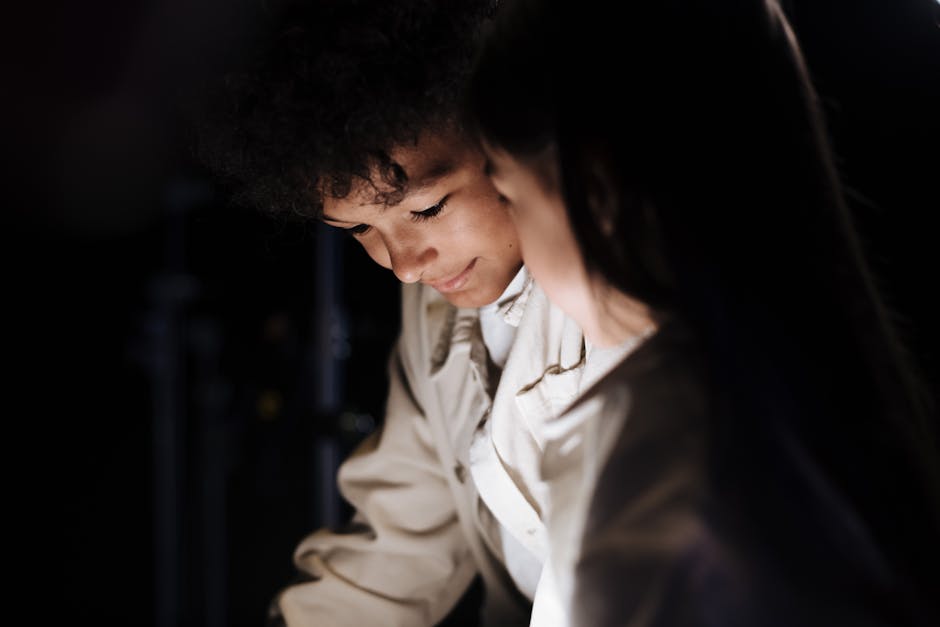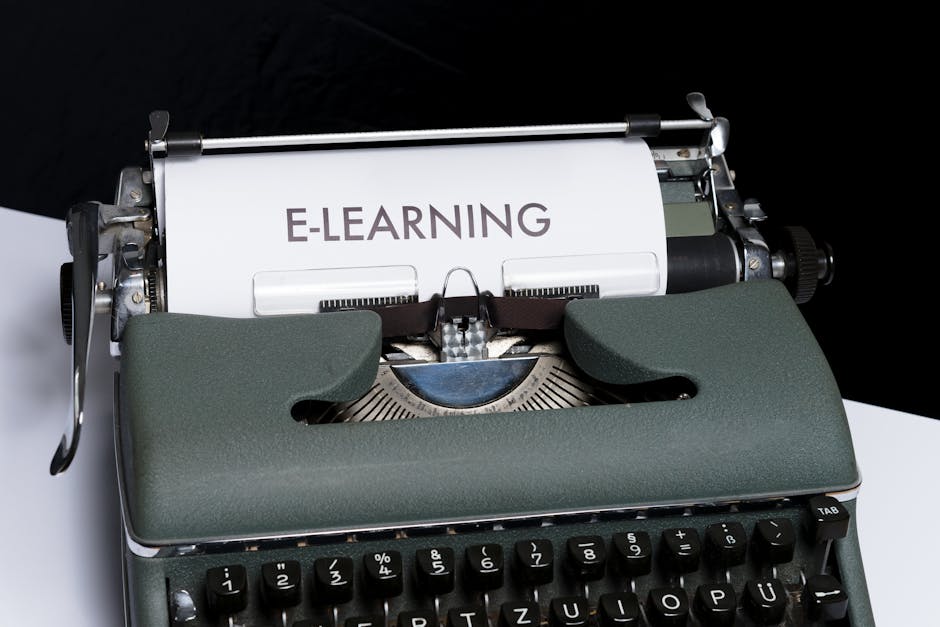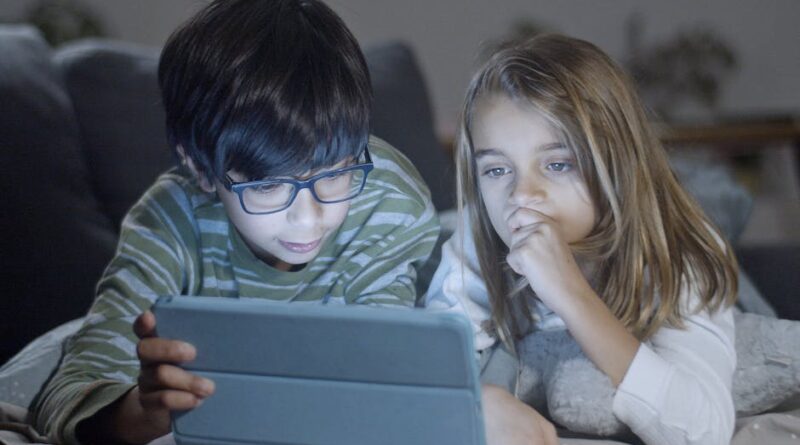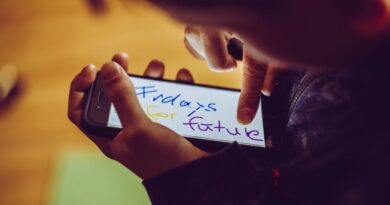The Role of Social Media in Education
In today’s digital age, social media has become an integral part of our daily lives, shaping the way we communicate, connect, and consume information. While initially seen as a platform for socializing and entertainment, social media has now found its way into the realm of education, revolutionizing the way students learn, collaborate, and engage with educational content. The role of social media in education is a topic of growing interest and debate, with proponents advocating for its benefits in enhancing learning outcomes, while critics raise concerns about distractions and privacy issues. In this article, we will delve into the various dimensions of the role of social media in education, exploring its potential, challenges, and implications for the future of learning.
The Evolution of Social Media in Education

Social media platforms such as Facebook, Twitter, Instagram, and LinkedIn have transformed the way we interact and share information. In the field of education, social media has evolved from a mere communication tool to a powerful resource for learning and collaboration. Educators and students are increasingly leveraging social media to facilitate discussions, share resources, and engage in online learning communities. For example, teachers use platforms like Twitter to connect with other educators, share teaching strategies, and participate in professional development chats. Students, on the other hand, use social media to collaborate on group projects, seek feedback from peers, and access educational content beyond the classroom.
One of the key advantages of social media in education is its ability to connect learners with a global audience, allowing them to engage with diverse perspectives and cultures. Through platforms like YouTube, students can access educational videos from experts around the world, gaining new insights and knowledge. Social media also enables students to showcase their work, receive feedback, and build a digital portfolio that can be shared with potential employers or universities.
Enhancing Student Engagement and Participation

Social media has the potential to enhance student engagement and participation in the classroom by providing a platform for interactive learning experiences. Educators can use social media tools such as polls, quizzes, and discussion boards to encourage active participation and gather instant feedback from students. Platforms like Instagram and Snapchat can be used to create visual presentations and projects that appeal to students’ creativity and interests.
Furthermore, social media can facilitate personalized learning experiences, allowing students to access content at their own pace and engage with material that aligns with their learning preferences. For example, educators can curate educational resources on Pinterest boards or create interactive lessons on platforms like Kahoot! to cater to diverse learning styles. By leveraging social media, educators can create a more interactive and dynamic learning environment that motivates students to actively participate and take ownership of their learning.
Fostering Collaboration and Communication

Collaboration and communication are essential skills for success in today’s interconnected world, and social media provides a platform for students to develop these skills in an online environment. Platforms like Google Docs and Microsoft Teams enable students to collaborate on projects in real-time, share documents, and provide feedback to each other. Social media also promotes peer-to-peer learning, as students can ask questions, seek help, and share resources with their classmates outside of the classroom.
Moreover, social media helps bridge the gap between students and teachers, allowing for more frequent and informal communication. Educators can use platforms like WhatsApp or Slack to communicate with students, share announcements, and provide support outside of regular class hours. By fostering open communication and collaboration, social media creates a sense of community and belonging among students, which is crucial for academic success and well-being.
Access to Educational Resources and Information

One of the key benefits of social media in education is its ability to provide students with access to a wealth of educational resources and information. Platforms like YouTube, Khan Academy, and Coursera offer a wide range of educational videos, lectures, and courses that students can explore to supplement their learning. Social media also allows educators to share articles, research papers, and other relevant content with their students, keeping them informed about the latest developments in their field.
Additionally, social media can be used to promote digital literacy skills, as students learn to navigate online resources, evaluate information for credibility, and engage critically with content. By curating educational content on social media platforms, educators can help students develop the skills they need to thrive in a digital world and become lifelong learners.
Challenges and Controversies
While social media offers numerous benefits for education, it also poses challenges and controversies that need to be addressed. One of the main concerns is the issue of privacy and data security, as students’ personal information and online activities may be at risk of being exploited or misused. Educators need to ensure that they follow strict privacy guidelines and educate students about responsible online behavior to protect their personal information.
Another challenge is the potential for distractions and information overload, as students may be tempted to use social media for non-educational purposes during class time. Educators need to establish clear guidelines and boundaries for the use of social media in the classroom, setting expectations for appropriate behavior and minimizing distractions. By promoting responsible use of social media, educators can harness its benefits while mitigating potential risks.
Future Implications and Trends
As technology continues to advance, the role of social media in education is likely to evolve, with new trends and implications emerging. Virtual reality (VR) and augmented reality (AR) technologies are already being integrated into educational settings, offering immersive learning experiences that engage students in new and innovative ways. Social media platforms are also exploring new features such as live streaming, chatbots, and gamification to enhance the learning experience and foster student engagement.
Furthermore, the COVID-19 pandemic has accelerated the adoption of online learning and remote education, leading to a greater reliance on social media platforms for communication, collaboration, and information sharing. As schools and universities adapt to the new normal, social media is expected to play a more prominent role in facilitating online learning experiences and connecting students and educators in virtual environments.
Common Misconceptions
One common misconception about the role of social media in education is that it is a distraction and hinders academic performance. While it is true that social media can be a source of distraction if not used responsibly, when integrated thoughtfully into the learning process, it can enhance student engagement, collaboration, and learning outcomes. By providing a platform for interactive and personalized learning experiences, social media has the potential to transform education and prepare students for success in the digital age.
Conclusion
In conclusion, the role of social media in education is multifaceted, offering a wide range of benefits and challenges for students, educators, and institutions. By leveraging social media platforms, educators can create more interactive and engaging learning experiences, foster collaboration and communication, and provide students with access to a wealth of educational resources. While there are concerns about privacy, distractions, and information overload, these challenges can be addressed through clear guidelines and responsible use of social media.
As technology continues to advance, the future implications of social media in education are promising, with new trends and innovations reshaping the way we teach and learn. By embracing social media as a tool for learning and collaboration, educators can prepare students for success in a digital world and empower them to become lifelong learners. The role of social media in education is not just a trend but a transformative force that has the power to revolutionize the way we educate and inspire the next generation of learners.




